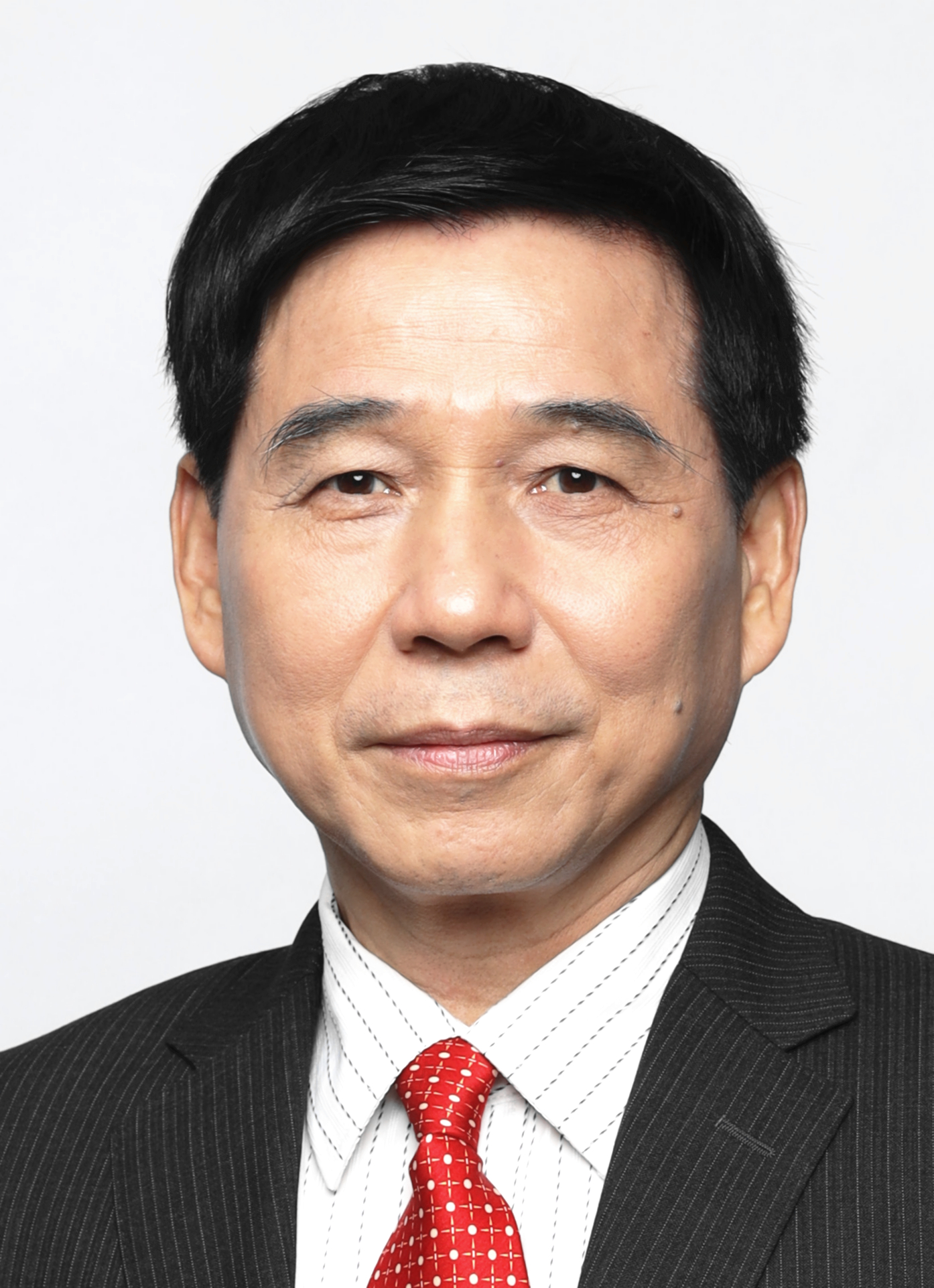

Prof. Weiguang Li, South China University of Technology
李伟光教授,华南理工大学
李伟光,博士,教授,博士生导师,华南理工大学机械与汽车工程学院现代数控技术研究室,广东省精密齿轮数字制造装备技术企业重点实验室主任。主要研究领域:数控机床技术、机器人技术、机电一体化及现代检测技术、智能制造、医疗康复机器人技术与应用。主编出版了现代制造技术、机械工程控制基础、《机械设备数控技术》等教材。主持过国家自然科学基金项目、国家863高技术计划项目机器人专项、广东省重大科技攻关项目、广东省自然科学基金、粤港招标科技攻关项目、广东省自然资源厅海洋经济发展专项、广州市科技攻关项目等科研项目。“大型柴油机高压共轨及轻量化动力总成件的制造技术及装备”获得2020年度广东省科技进步二等奖,“谐波减速器精密柔性薄壁轴承性能测试试验台”项目获得2020年省机械工业科技进步二等奖。1998-2022年申请超过160件中国发明、实用新型专利及软件著作权,其中获得授权90余件,获得2件美国PCT授权国际发明专利。近年在国内外发表学术论文120多篇。
Dr. Li Weiguang, Professor and doctoral supervisor, Director of Guangdong Key Laboratory of Precision Gear Digital Manufacturing Equipment Technology, School of Mechanical and Automotive Engineering, South China University of Technology, Modern Numerical Control Technology Laboratory. Main research fields: CNC machine tool technology, robotics, mechatronics and modern detection technology, intelligent manufacturing, medical rehabilitation robot technology and application.
He has edited and published textbooks such as Modern Manufacturing Technology, Fundamentals of Mechanical Engineering Control, Numerical Control Technology of Mechanical Equipment, etc. He has presided over the National Natural Science Foundation Project, National 863 High technology Program robot Special project, Guangdong Major Science and Technology Project, Guangdong Natural Science Foundation, Guangdong - Hong Kong bidding technology project, Guangdong Provincial Department of Natural Resources Marine Economy Development Special project, Guangzhou Science and Technology project,, etc.. "Manufacturing Technology and Equipment of Large Diesel Engine High Pressure common rail and Lightweight Powertrain Parts" won the second prize of Science and Technology Progress of Guangdong Province in 2020, and the project of "Harmonic Reducer Precision Flexible Thin-wall Bearing Performance Test Bench" won the second prize of science and Technology Progress of Provincial Machinery industry in 2020. From 1998 to 2022, he applied for more than 160 patents of invention, utility model and software copyright in China, among which more than 90 were authorized, and he obtained 2 international invention patents authorized by PCT of the United States. In recent years, he has published more than 120 academic papers at home and abroad.